What is reactive behavior? And how do dogs become overly reactive? Dogs have a sensitive nature and perceive things strongly than humans. When certain dogs aren’t trained and haven’t been provided with proper socialization, physical exercise, and mental and physical stimulation, they start overreacting to stimuli, strangers, and other dogs. The main emotions that are the reason for fueling reactivity in dogs are commonly fear, frustration, and excitement.
Many dogs who haven’t been treated well tend to bark and growl out of fear and show distrust when approached, but these reactive dog requires patience, and if handled calmly and patiently, they will slowly show improvement in behavior. Even aggressive dogs from reactive breeds unleash reactivity to perceived threats. Environmental factors and underlying medical conditions, even wonderful companions, can show defensive behaviors due to genetically predisposed or developed reactivity.
Most Reactive Dog Breeds
The signs of reactivity can be significantly reduced by providing dogs with a positive reinforcement training program in the early and critical socialization period. If your dog is showing early signs of reactivity to certain dog triggers, early socialization and positive associations will help them remain calm.
Here are some of the most reactive dog breeds that have more reactive tendencies than other dogs. However, the type of dog breed isn’t the only thing responsible for their aggressive behavior and unwanted reactions.
1. Belgian Malinois
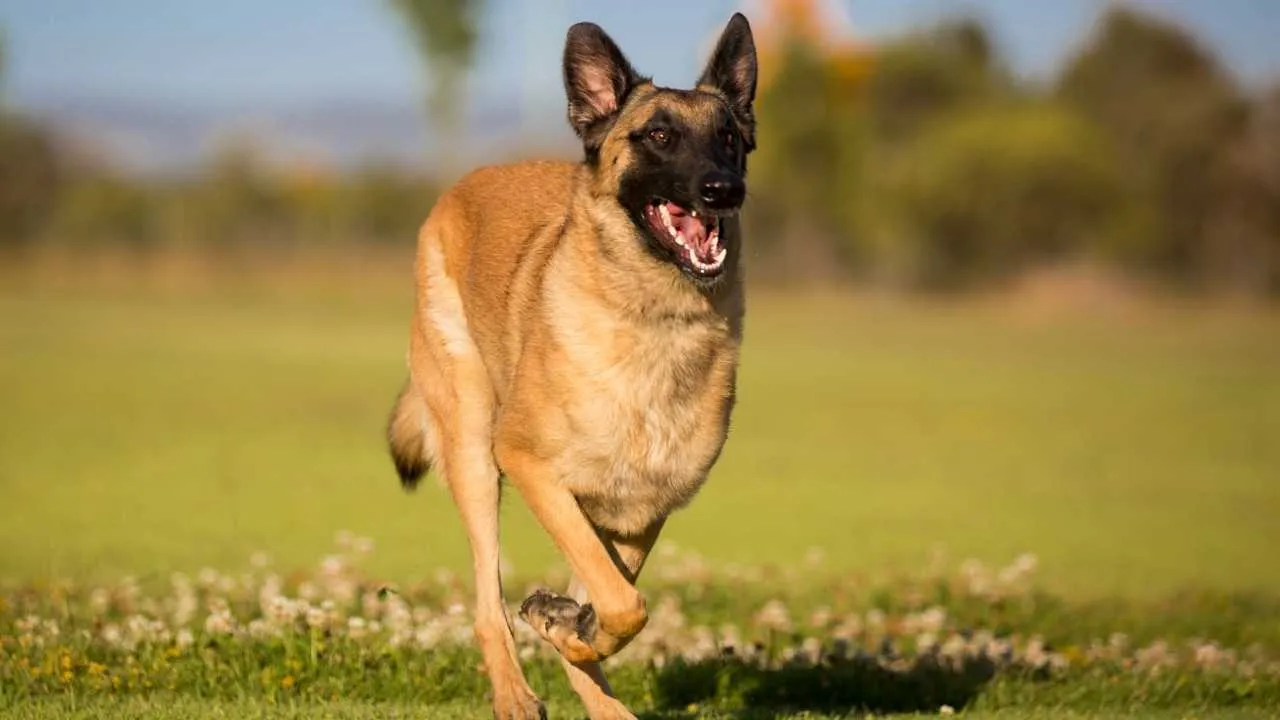
This look-alike of the German shepherd belongs to the working dogs group and always wants to move around with a purpose, and needs a constant job to stay busy all day long. These capable working dogs react when they aren’t provided with their crucial necessities, like sufficient attention and constant physical activity.
This dog’s triggers are less engagement and no purpose. Hence, if your Belgian Malinois is showing defensive aggression towards common things rather than actual potential threats, then that is a sign your pup is disturbed, frustrated, or you are lacking in giving him attention.
According to VCA Hospitals, this pup is a constant ball of energy and is mostly utilized by law enforcement agencies in search and rescue, service, and police work. Hence, these dogs aren’t born to be laid-back and inactive, they need energy-consuming activities like running, hiking, and or even swimming.
These love chasing the high adrenaline provides and are physical junkies all looking for adventures. Thus, if you aren’t an active person, then a Belgian Malinois is not the right breed for you, because they get aggressive and disruptive if not challenged with constant work and productive activities.
2. Rottweiler
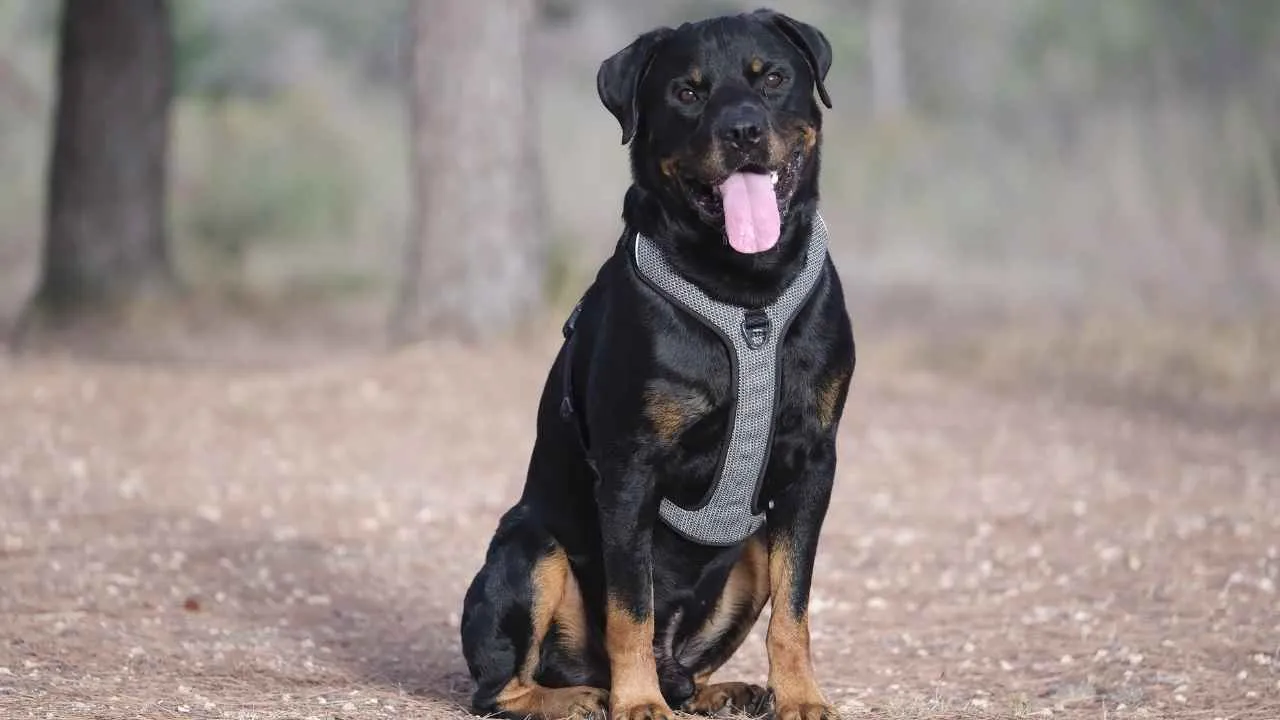
The Rottweiler is another German dog with overreactive tendencies. They were originally bred to walk beside Roman legions in war, for herding, carrying, and driving cattle were famous by the name Rottweil Metzgerhund, or the Rottweil’s butcher dog.
The rottweiler is a versatile dog who has served in the Second World War as an alerter for ambushers, messengers, medical, and draft dogs. Nowadays, rottie is a good protector and herding dog, but also a very high-energy dog breed that makes a good guard and K-9 dog for the police and military units.
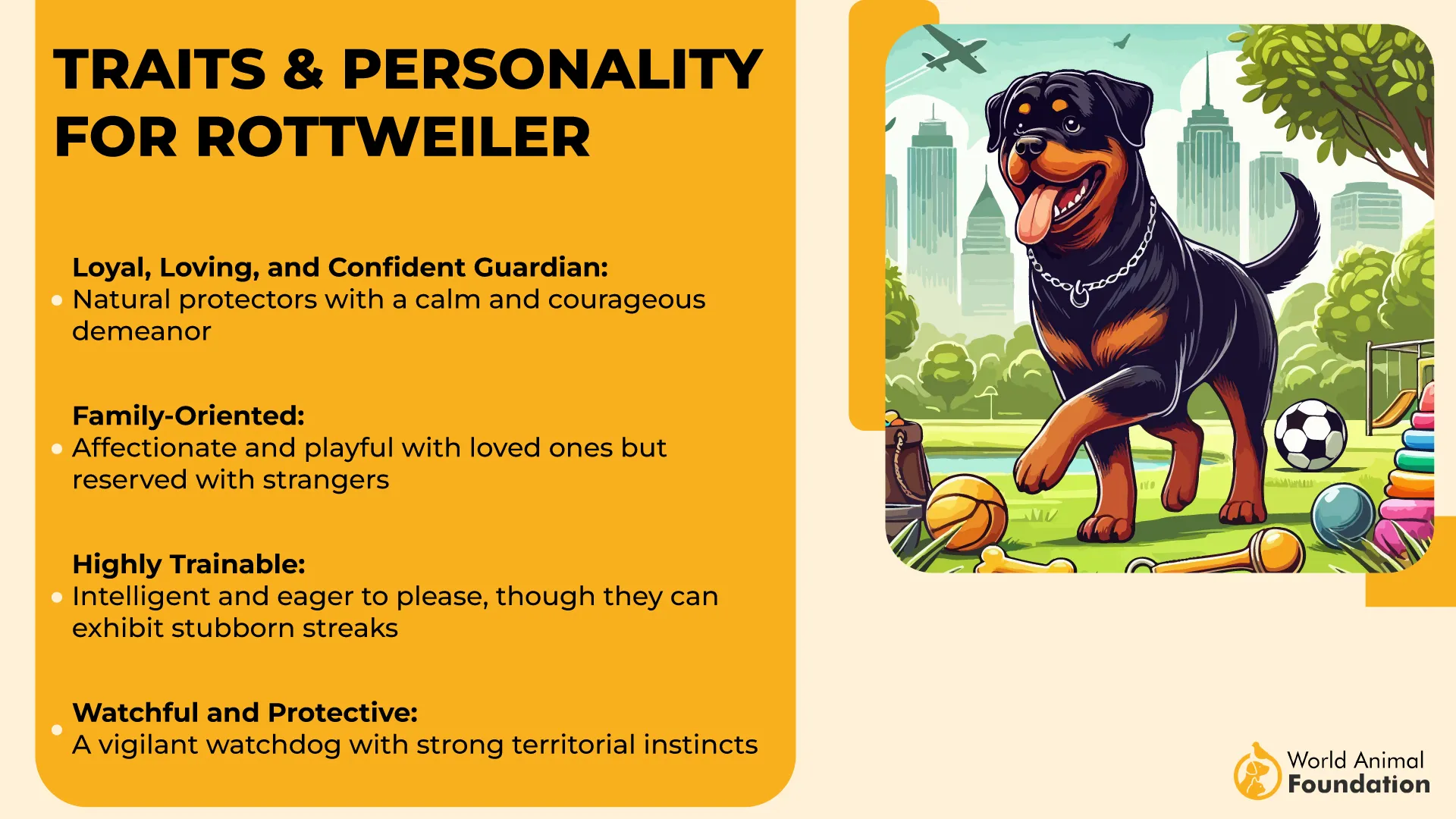
Purina states the rottweiler needs constant mental and physical stimulation to keep them happy. You cannot leave your rottweiler to their own devices and not expect them to react.
These dogs can turn aggressive and out of control if not properly taken care of. This dog’s triggers could be anything from sounds, smell, sight, or interactions. But these independent and confident dogs require consistent training, especially basic obedience training and mental stimulation, to keep these intelligent dogs well-balanced. You can also take them out for sniff walks if they are leash reactive.
3. Akita
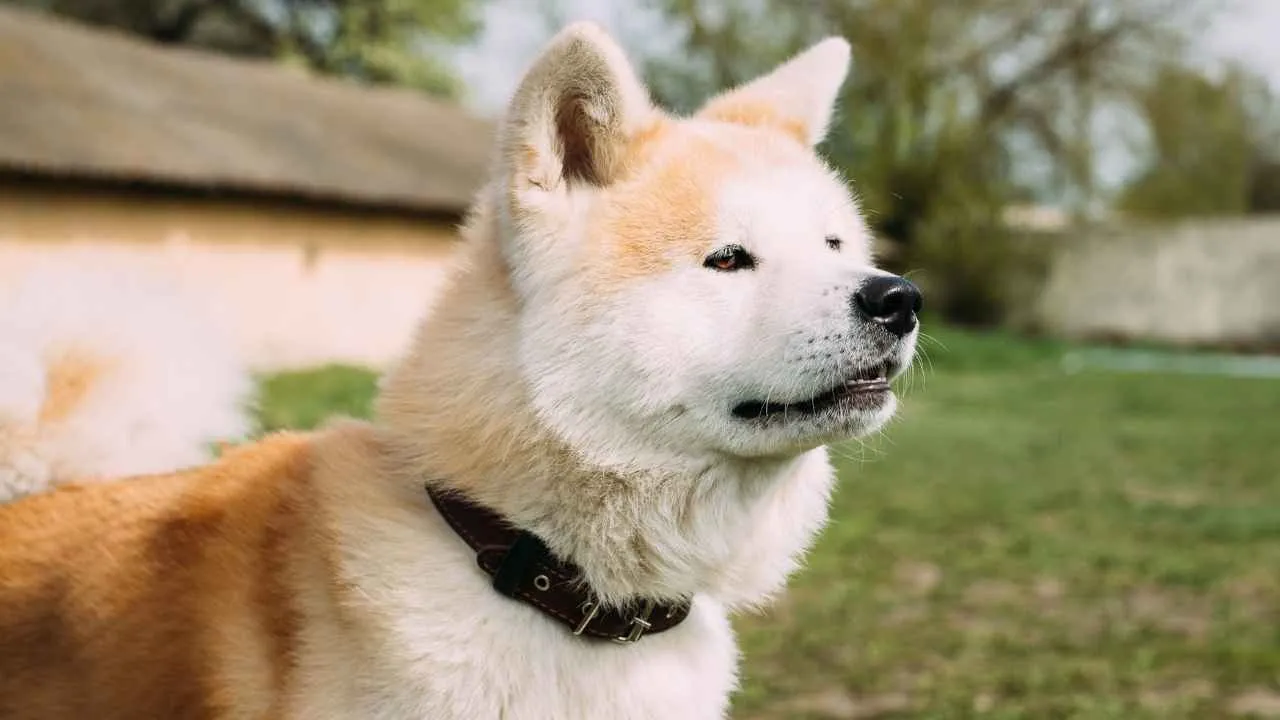
This Japanese dog breed, hailing from the mountains of Japan, the Akita, was an aid and an accomplice of the Japanese warriors called the Samurai. These descendants of the Matagi dog were originally bred to be hunting dogs for large game like bears and boars, giving this dog a higher inclination to be independent, assertive, and stubborn.
According to Pawlicy Advisor, these dogs are one of the extremely intelligent breeds that are undyingly loyal and protective of their owners. However, they belong to the spitz family of dogs, which breeds are more prone to heightened emotional states and leash reactivity if confined in a small space and not given proper training and opportunity to be physically active. The Akita will turn aggressive and territorial, harming anyone who comes near them.
The strong-willed and assertive Akita requires a dominant and assertive dog owner who can make it behave. Hence, it is necessary to give an Akita reactivity training and to curb unwanted behaviors. This dog is not the most social breed and does not gel with smaller pets and other dogs, which is why they also need socialization from a young age.
4. Chihuahua
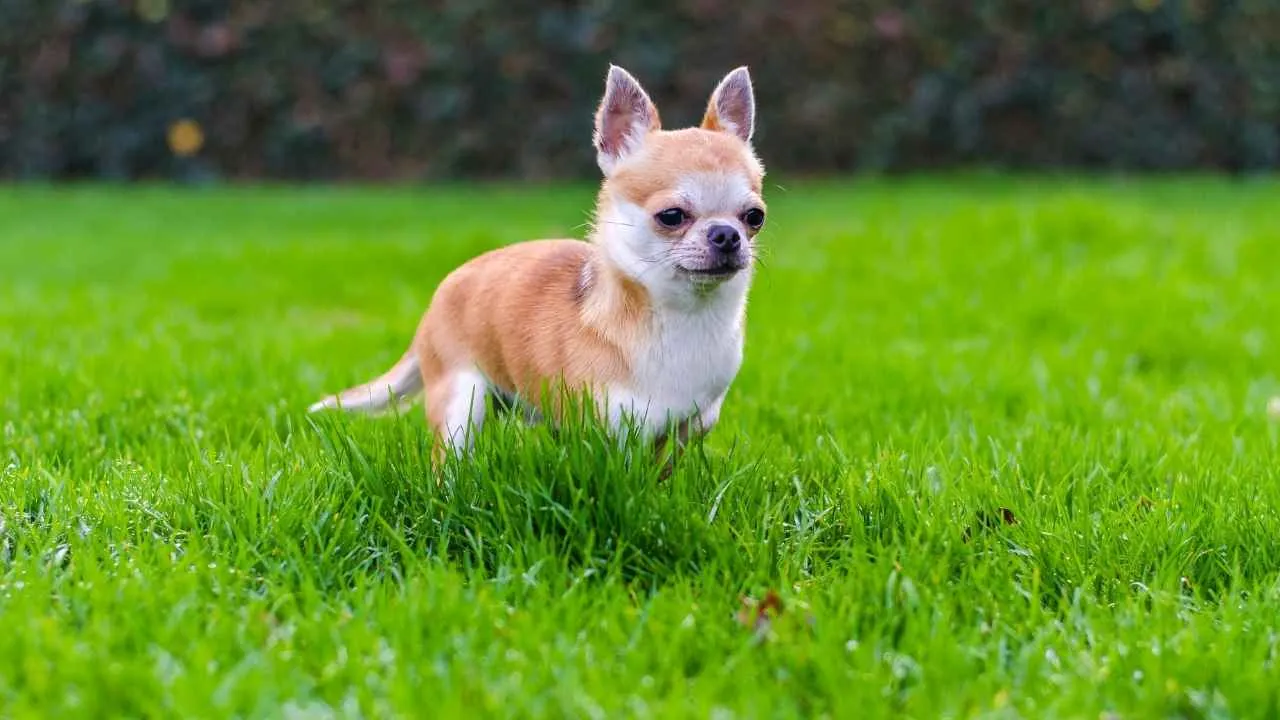
When people think about reactive or overreactive dogs, Chihuahuas tend to be the first dog that comes in everyone’s mind. But why is that? Because hyperactive, territorial, and stubborn pups are renowned for being difficult to raise and own.
Greencross Vets say the chihuahua is probably the most reactive dog breed on the planet, to is known to not adhere to what their owners say, and are extremely protective and possessive about their turf. This Mexican dog breed with big ears and big prominent eyes is the descendant of the Techichi and is no simple guy or gal, they are reactive to the point of being dramatic.
The self-appointed guardians and rulers of your house are popular for having a heightened emotional state; even minute things can trigger reactivity in these small dogs, which can lead to excessive barking and anxiousness, even distress that sometimes seems extensive. Their reactiveness often comes out due to perceived threats or fear and anxiety.
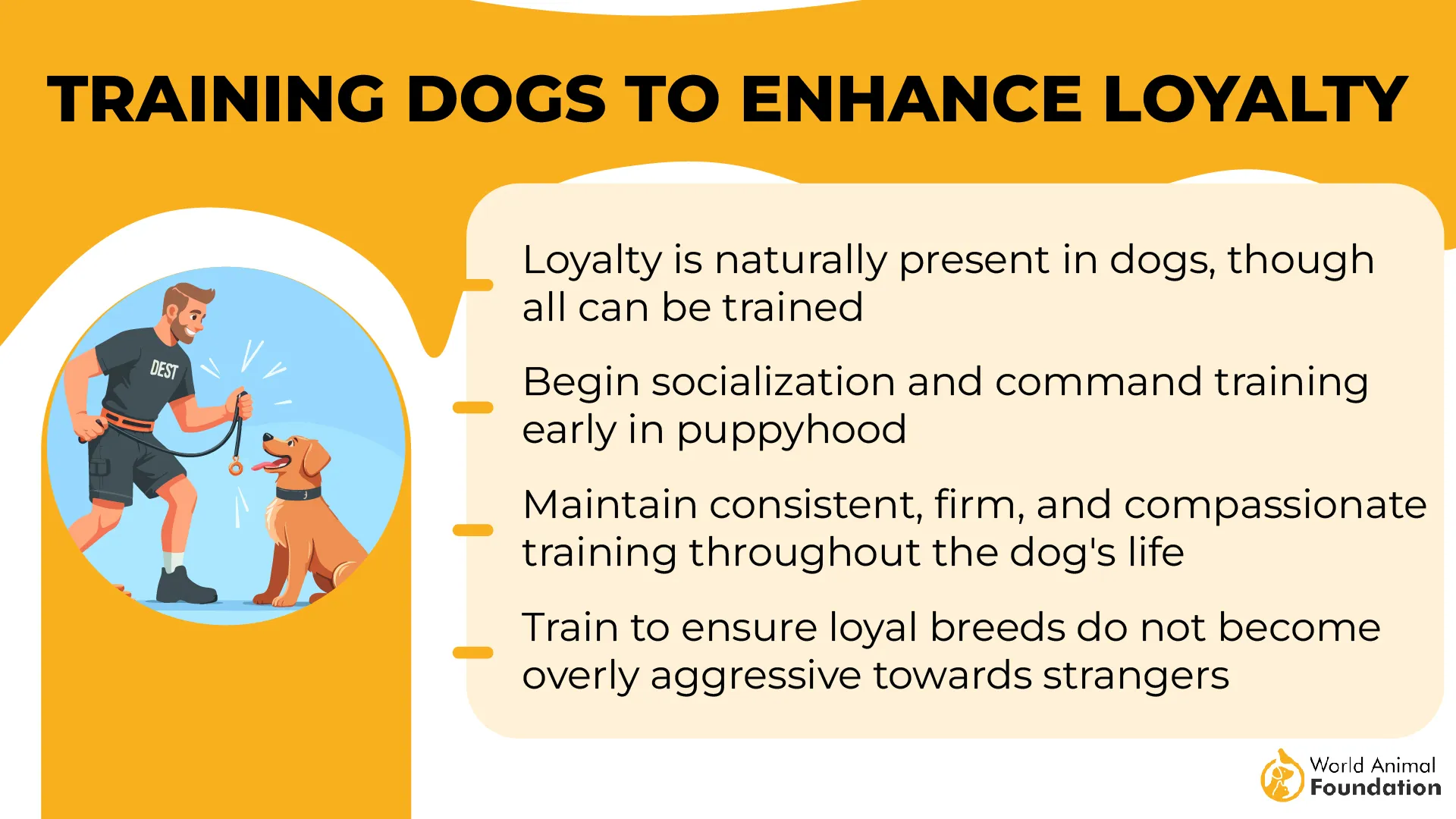
Understanding this dog’s triggers and managing reactivity by incorporating positive reinforcement training and patient guidance will make them loving and well-balanced dogs.
5. English Bulldog
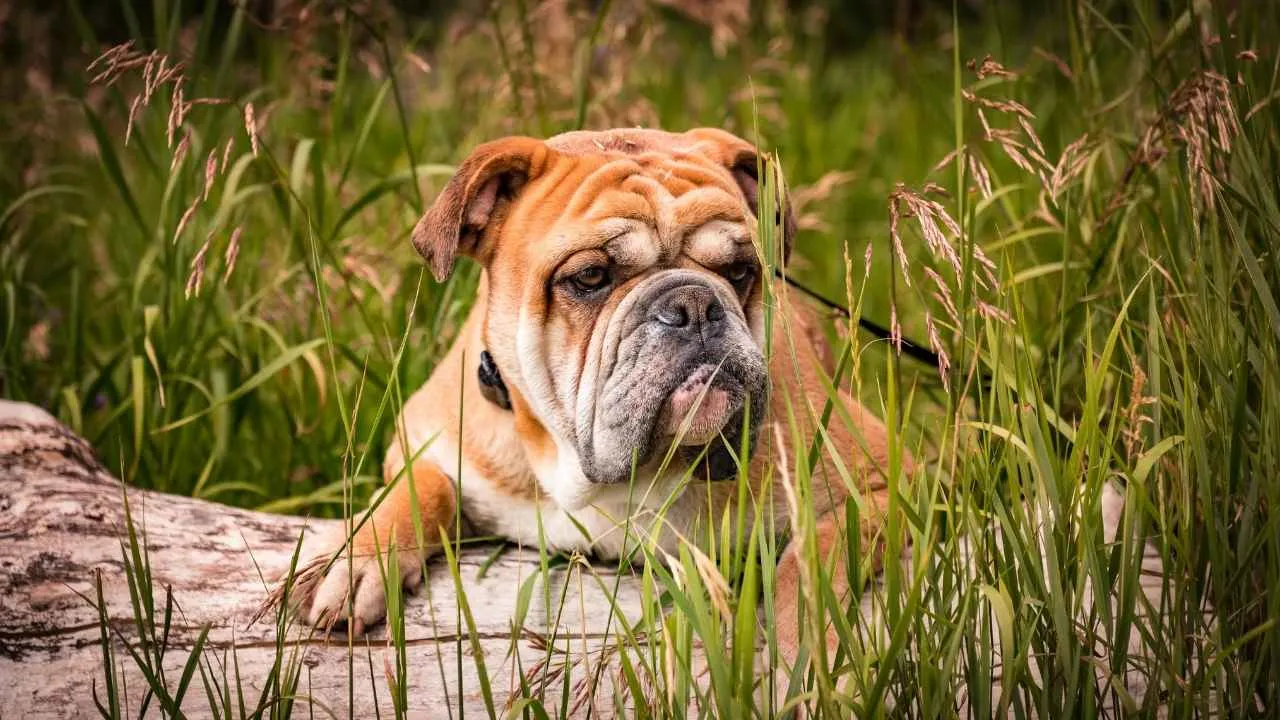
CKCUSA defines the English bulldog as notorious for being a laid-back couch potato, but it also has a brutal and violent history of bull baiting. While it still carries the muscular build and strong demeanor from his past, many other reactive tendencies can also resurface and present themselves in a now kind and relaxed English bulldog.
They require an ample amount of attention and should be guided with patience and care for making them learn about boundaries to curb their possessive nature. You can turn this mighty, resilient creature with wrinkles into a soft-hearted and tender beast by introducing positive exposure.
P.S. Never neglect your precious pet dogs who can’t even communicate their feelings clearly with us most of the time, spend time with them nd take care of their needs with love and consistency. To raise them as gentle giants, not aggressive beasts.
6. Border Collie
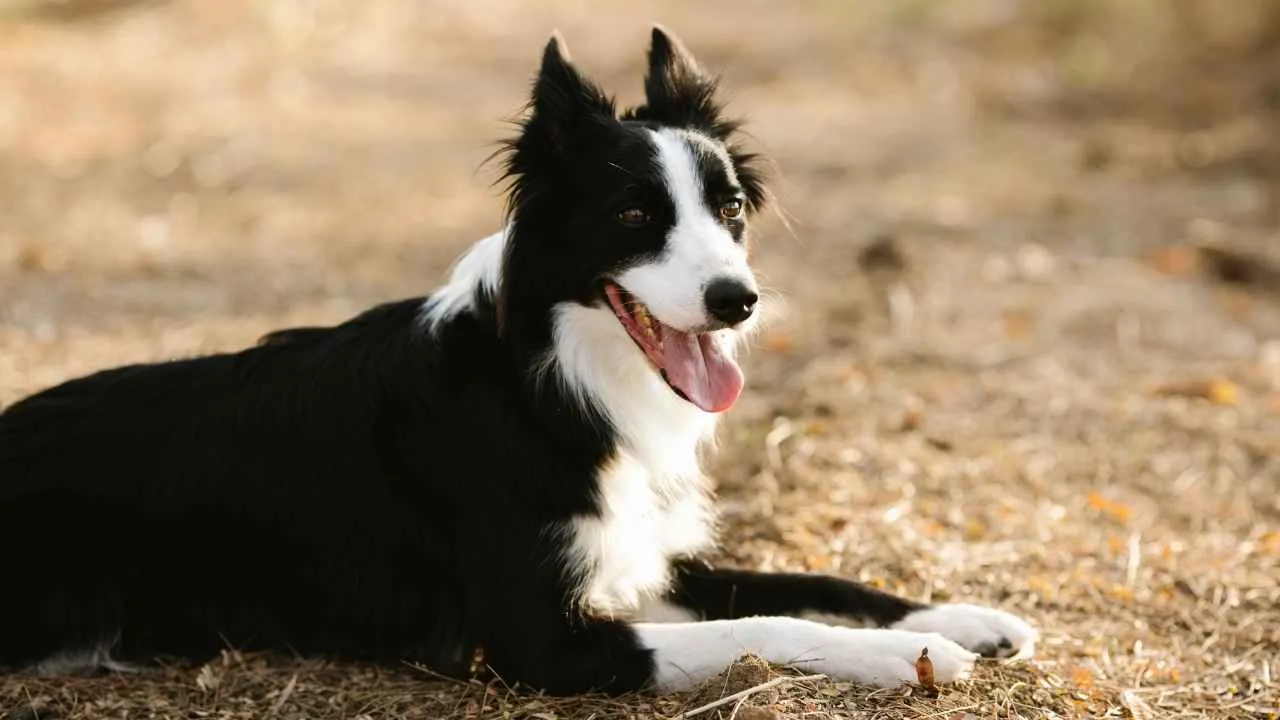
The smartest dog breed in the world, the border collie, hails from the Anglo-Scottish border and is an incredible pet who was a natural-born leader and herder from the working breeds. It is a small dog with a big brain and swift decision-making skills, and because of their assertive and quick reactions to situations, they now stand among the most reactive dog breeds in the world. Border Collies are very intelligent and highly motion-sensitive, often becoming reactive to fast-moving stimuli.
Reactivity paired with the inherent intelligence makes border collies feel overwhelmed in unfamiliar situations. To manage reactivity, turn the surrounding environmental factors into calm and soothing contributors and guide them with patience, clear and precise instructions to make these energetic and quick-thinking breeds excel at various obedience tasks and activities.
Pet MD explains that proper and consistent training paired with proper socialization from a young age can channel their prized talents and skills into productive tasks and interactions. However, border collies are not ideal for first-time dog owners, because it is challenging for many owners to cope with their physical and mental stimulation needs.
7. Australian Shepherd
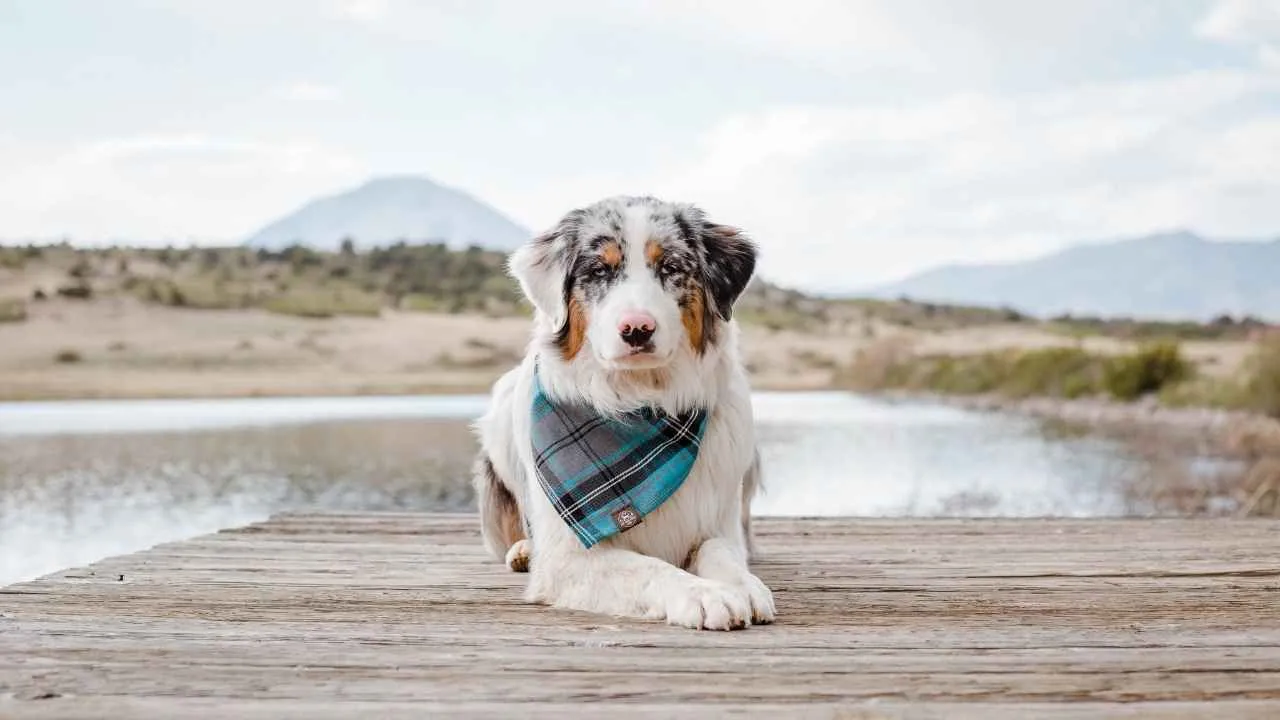
The Australian shepherd is an extremely adorable and beautiful working dog that was developed by the British herding dogs in America. These spirited and energetic dogs with their beautiful brown or hazel eyes and tri-colored coats are a joyful breed to own; however, Australian Shepherds tend to be highly reactive to movement and may bark at the slightest sound.
PDSA says, these Aussie shepherds are not much different from the other shepherd dogs in the matter of being workaholics; they love to walk with a purpose and perform well in tasks that require both mental and physical exertion. They love to live a life full of challenge, are obsessed with learning new tricks, need daily physical exercise, and thoughtful interactions to satisfy their stimulation needs.
Australian Shepherds have a keen sense and intelligence, and are always eager to please their owners. They form strong bonds and are loyal to people who give them love and attention. However, this intelligent breed also requires proper training and socialization from a young age or puppyhood to ensure the best behavior in these pups.
8. Cane Corso
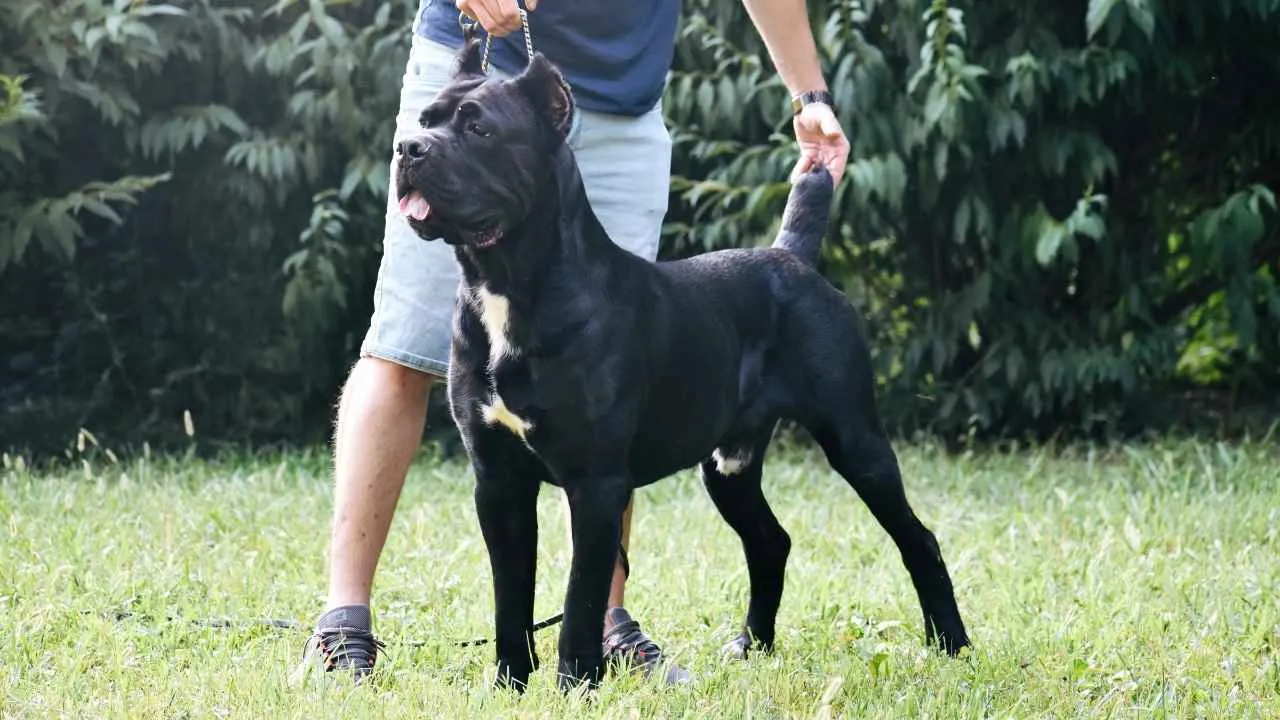
This majestic Italian dog was not recognized or very popular in the last decades, but has been sneakily jumping the ranks of popularity on the AKC rankings. However, these dog is known to be reactive because they have a long history of being used in combat and hunting. The Cane Corso, which is a descendant of the original molossers, was used by the Roman legions in warfare, who brought them back to Italy after their campaign in Macedonia.
The cane corso’s imposing presence and serious demeanor make them look intimidating, but a reactive cane corso is an even difficult job to manage. They have a natural protective instinct, which makes them alert watchdogs and guardians; however, to channel their protective capabilities and traits in a well-balanced manner.
The Cane Corsos require socialization and consistent training to manage their potential reactivity. Provide your cane corso with positive exposure and gentle guidance from a young age, along with adequate physical and mental stimulation to turn your robust and intelligent dog into a devoted, loyal, and respectful companion.
P.S. It is to be duly noted that if left unchecked, reactivity often gets worse with time and does not resolve on its own, and can also lead to aggression if not treated on time.
9. German Shepherd
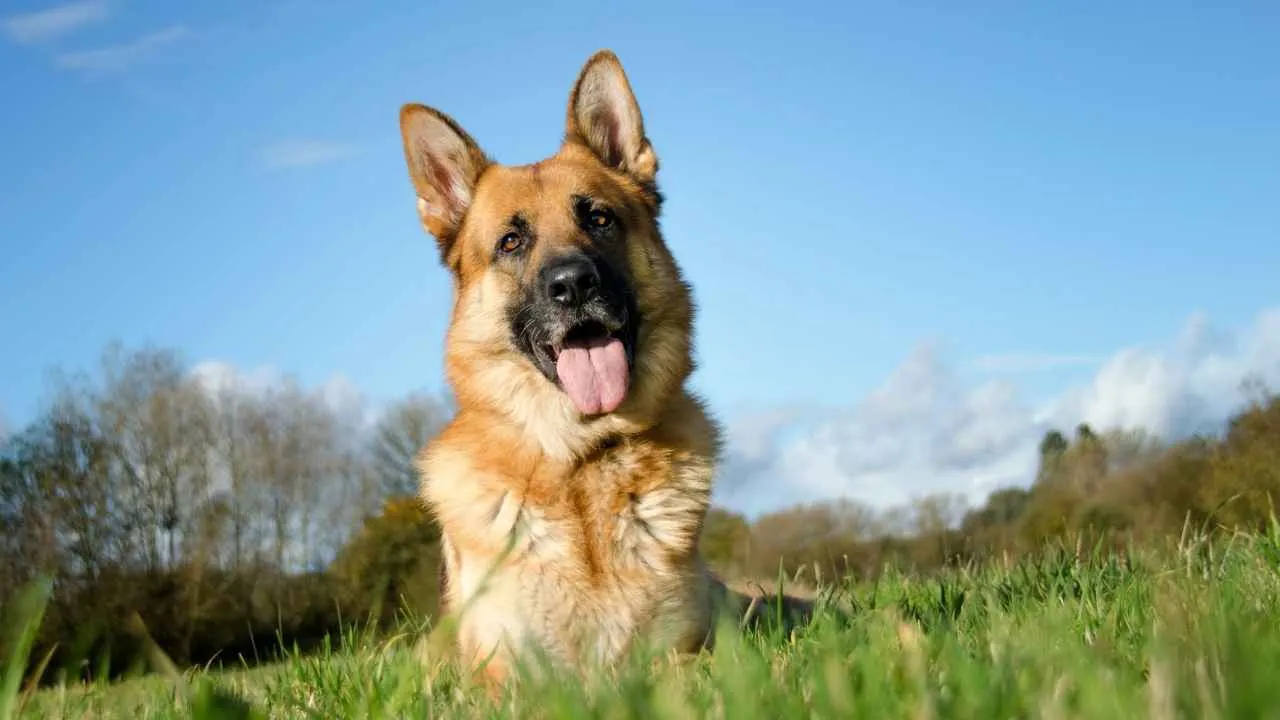
The most popular dog for herding and protection all around the world. The noble hero serving in the armed forces and the devoted companion of the police and law enforcement units, and renowned as the ultimate service dog.
The German Shepherd is an intelligent dog that requires much physical exertion and activities to keep them happy. These dogs are highly trainable but tend to be aggressive and reactive when they feel neglected by their owners and aren’t given proper training and physical stimulation.
Britannica notes that these German pups are a versatile working dog breed that are often misunderstood and left untrained by their owners, which brings out their original wild and wolfy instincts. German Shepherds are naturally wary of strangers and often require significant socialization to feel confident in their surroundings.
If you have a German Shepherd, you must provide them with positive exposure and dog training for reactivity and basic obedience to turn them into a non-reactive dog. Try to understand your dog’s triggers and observe your dog’s body language, and don’t try to contain them with an iron hand by putting a leash on them, which will only make matters worse and make them leash reactive. Be patient and calm, and use positive reinforcement that can also transform the most reactive dog into a loving canine with a balanced temperament.
Conclusion
Reactivity is not specifically related to the type of breed or nature, but is a much broader aspect where many factors contribute to the dog’s reactivity, including specific genes that play a role beyond the breed type. The type of exposure and experiences dogs face during their critical socialization period, which is the first year of life and early puppyhood, shapes their behaviour significantly.
Moreover, a dog’s behavior is also reliant on its living situation and day-to-day routine, where a lack of mental stimulation and proper training has a strong impact on their reactivity. Lastly, negative and overwhelming traumatic incidents and underlying physical and medical conditions like pain, injuries, or health issues also play a big part in increased reactivity in dogs. However, positive exposure is the easiest and most effective way to prevent reactivity in dogs.
Other reactive dog breeds are the Maltese dogs, which can turn more reactive than expected due to insufficient socialization by their owners, and boxers, chow chows, mastiffs, and Chinese shar pei that are all muscular dogs but reactive due to some of their inherent traits, like a defensive and possessive attitude.


